GardenersHelper
In Memoriam
- Messages
- 6,344
- Name
- Nick
- Edit My Images
- Yes
In order to tell this story I am going to have to use some images in which the main object of interest is out of focus. Image quality purists may wish to avert their eyes. 
These images were captured yesterday in our garden using a Raynox 150 on my FZ200 with KX800 twin flash. There are 1300 pixel high versions of these images in this album at Flickr.
I was photographing this bee ...
1
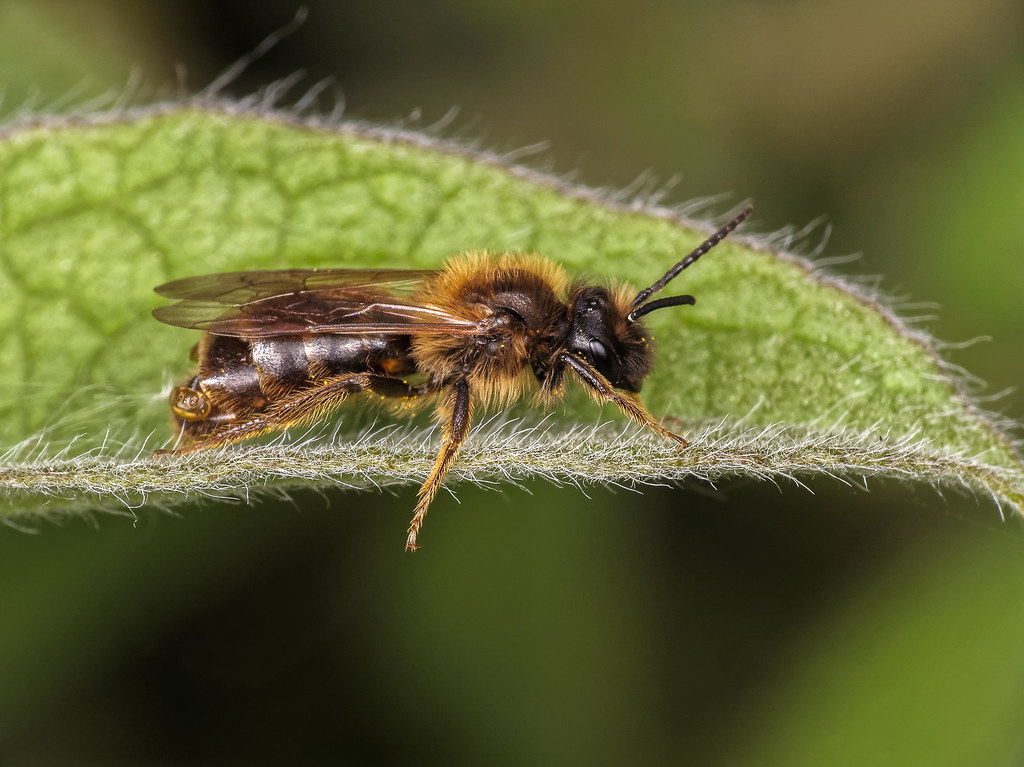
0902 039 2016_05_15 P1230350_DxO RAW 01cP LR 1300h by gardenersassistant, on Flickr
... when I noticed something moving behind it.
2
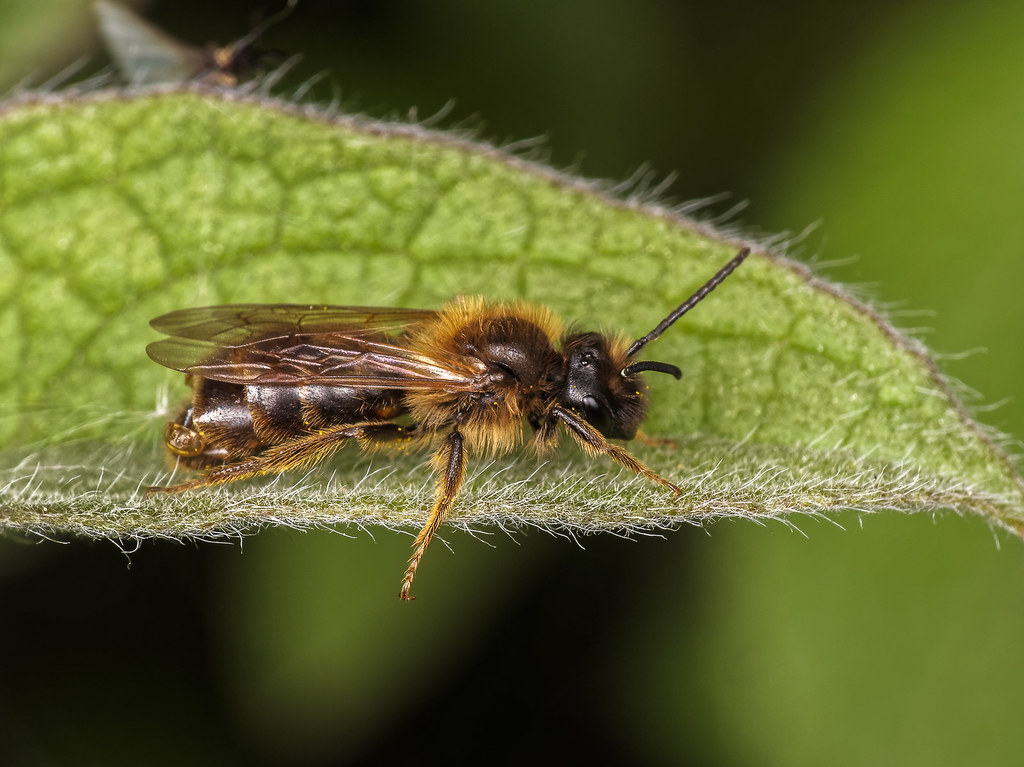
0902 040 2016_05_15 P1230353_DxO RAW 01cP LR 1300h by gardenersassistant, on Flickr
3
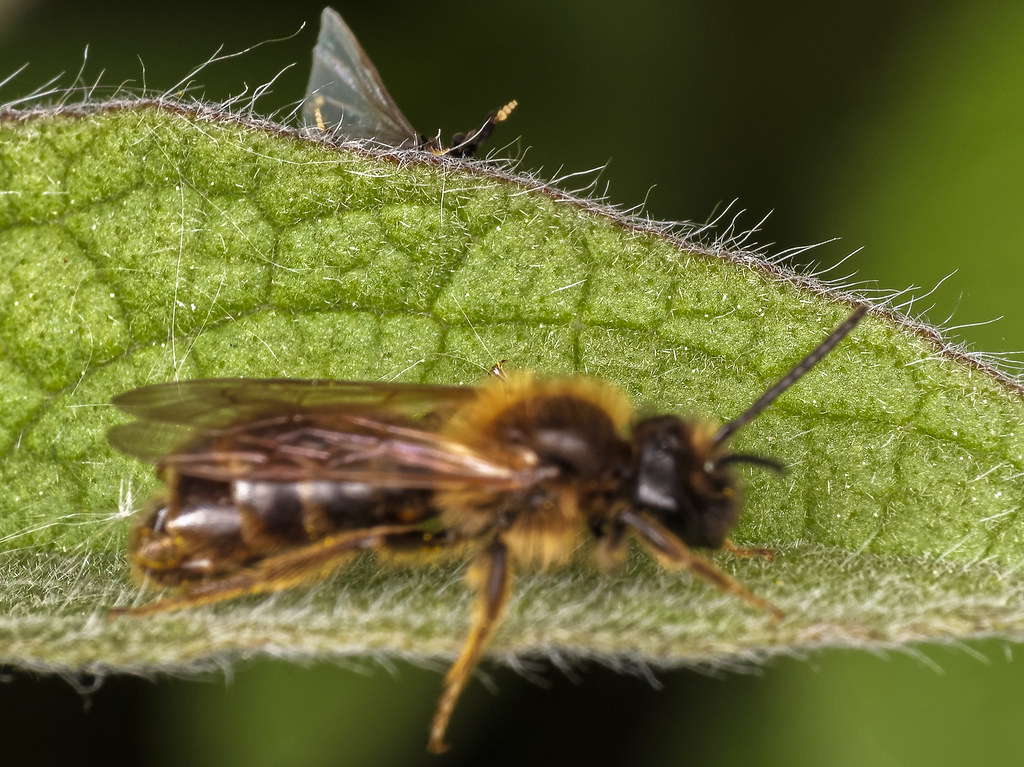
0902 041 2016_05_15 P1230354_DxO RAW 01cP LR 1300h by gardenersassistant, on Flickr
4
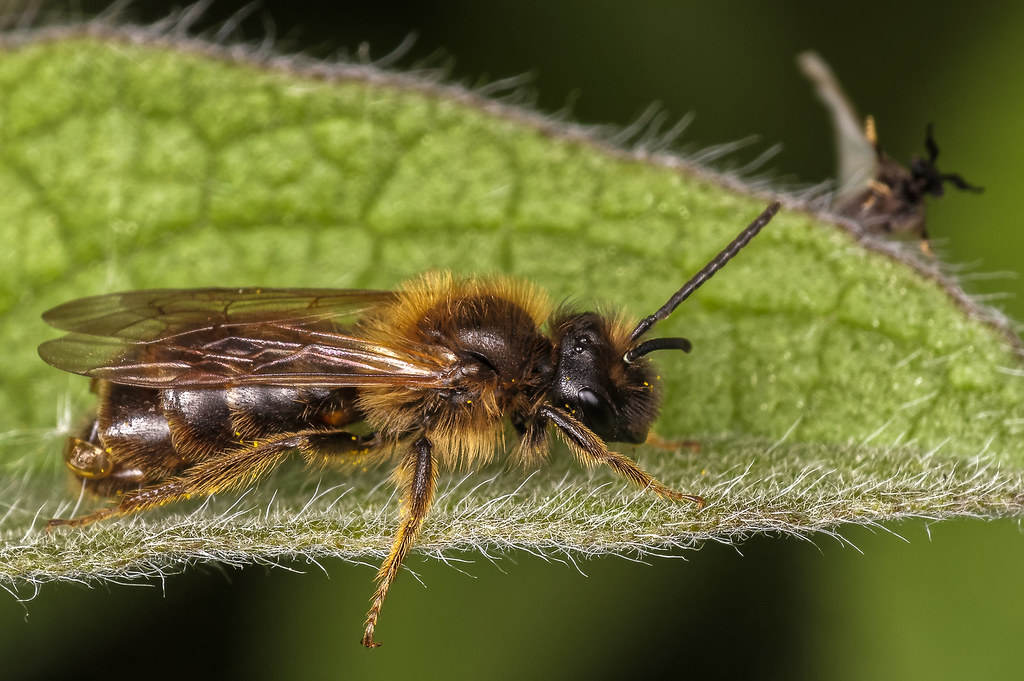
0902 042 2016_05_15 P1230355_DxO RAW 01cP LR 1300h by gardenersassistant, on Flickr
The next thing I noticed was that whatever it was seemed to have turned up behind the bee.
5
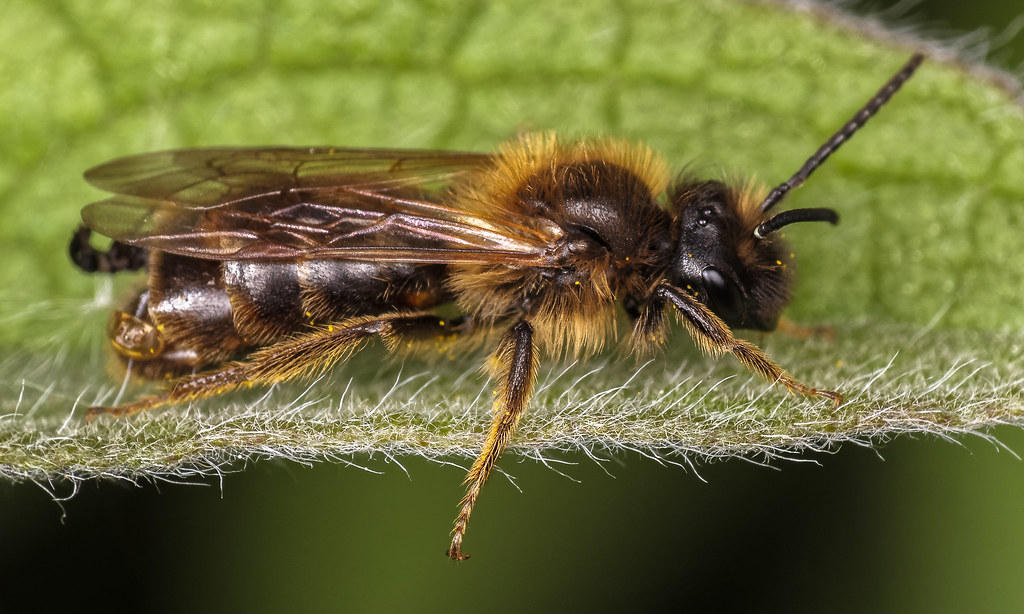
0902 043 2016_05_15 P1230356_DxO RAW 01cP LR 1300h by gardenersassistant, on Flickr
Was it interacting with the bee in some way I wondered, or just in close proximity? (I do occasionally see insects of different species in close proximity with "neutral" contact sometimes, for example with one walking over another with the one being walked on seeming to be totally unconcerned.)
6

0902 044 2016_05_15 P1230357_DxO RAW 01cP LR 1300h by gardenersassistant, on Flickr
What a strange position the smaller one was in - appearing to be "levitating". And upside down too.
7
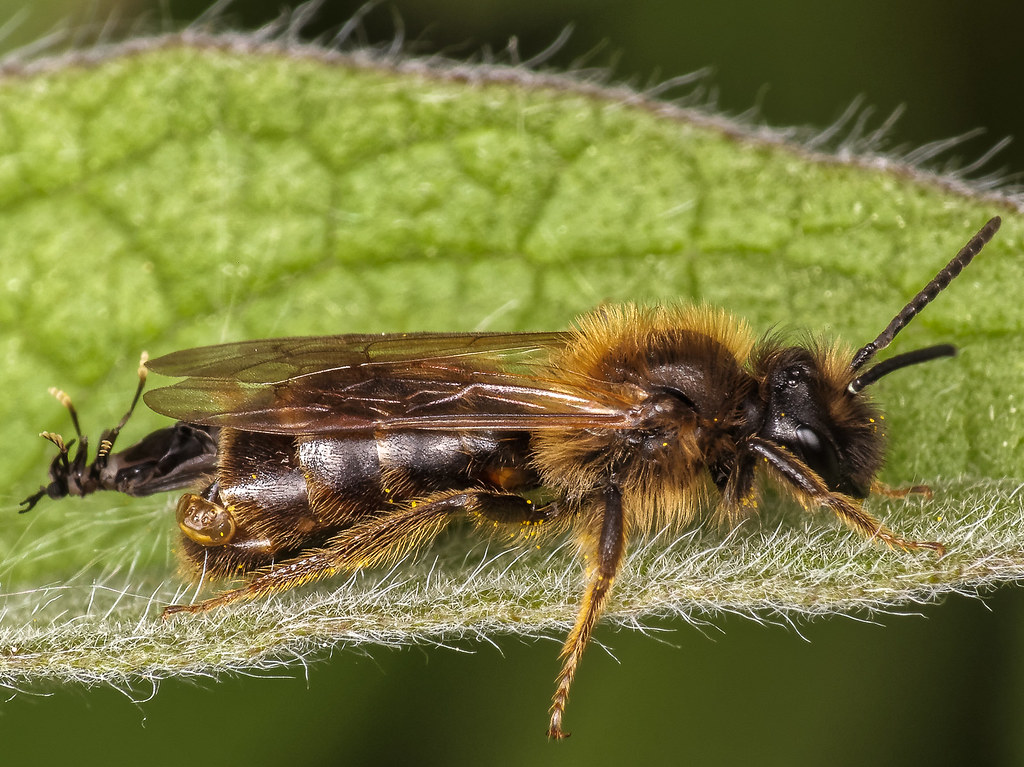
0902 045 2016_05_15 P1230359_DxO RAW 01cP LR 1300h by gardenersassistant, on Flickr
8
I tried to get in closer but was disappointed at the poor image quality when it came to looking at these on my PC to try to work out what I had been photographing. I really needed more magnification but I thought I might miss the action if I stopped to put a more powerful close-up lens on the camera.

0902 046 2016_05_15 P1230361_DxO RAW 01cP LR 1300h by gardenersassistant, on Flickr
Continued in next post ....
These images were captured yesterday in our garden using a Raynox 150 on my FZ200 with KX800 twin flash. There are 1300 pixel high versions of these images in this album at Flickr.
I was photographing this bee ...
1

0902 039 2016_05_15 P1230350_DxO RAW 01cP LR 1300h by gardenersassistant, on Flickr
... when I noticed something moving behind it.
2

0902 040 2016_05_15 P1230353_DxO RAW 01cP LR 1300h by gardenersassistant, on Flickr
3

0902 041 2016_05_15 P1230354_DxO RAW 01cP LR 1300h by gardenersassistant, on Flickr
4

0902 042 2016_05_15 P1230355_DxO RAW 01cP LR 1300h by gardenersassistant, on Flickr
The next thing I noticed was that whatever it was seemed to have turned up behind the bee.
5

0902 043 2016_05_15 P1230356_DxO RAW 01cP LR 1300h by gardenersassistant, on Flickr
Was it interacting with the bee in some way I wondered, or just in close proximity? (I do occasionally see insects of different species in close proximity with "neutral" contact sometimes, for example with one walking over another with the one being walked on seeming to be totally unconcerned.)
6

0902 044 2016_05_15 P1230357_DxO RAW 01cP LR 1300h by gardenersassistant, on Flickr
What a strange position the smaller one was in - appearing to be "levitating". And upside down too.
7

0902 045 2016_05_15 P1230359_DxO RAW 01cP LR 1300h by gardenersassistant, on Flickr
8
I tried to get in closer but was disappointed at the poor image quality when it came to looking at these on my PC to try to work out what I had been photographing. I really needed more magnification but I thought I might miss the action if I stopped to put a more powerful close-up lens on the camera.

0902 046 2016_05_15 P1230361_DxO RAW 01cP LR 1300h by gardenersassistant, on Flickr
Continued in next post ....


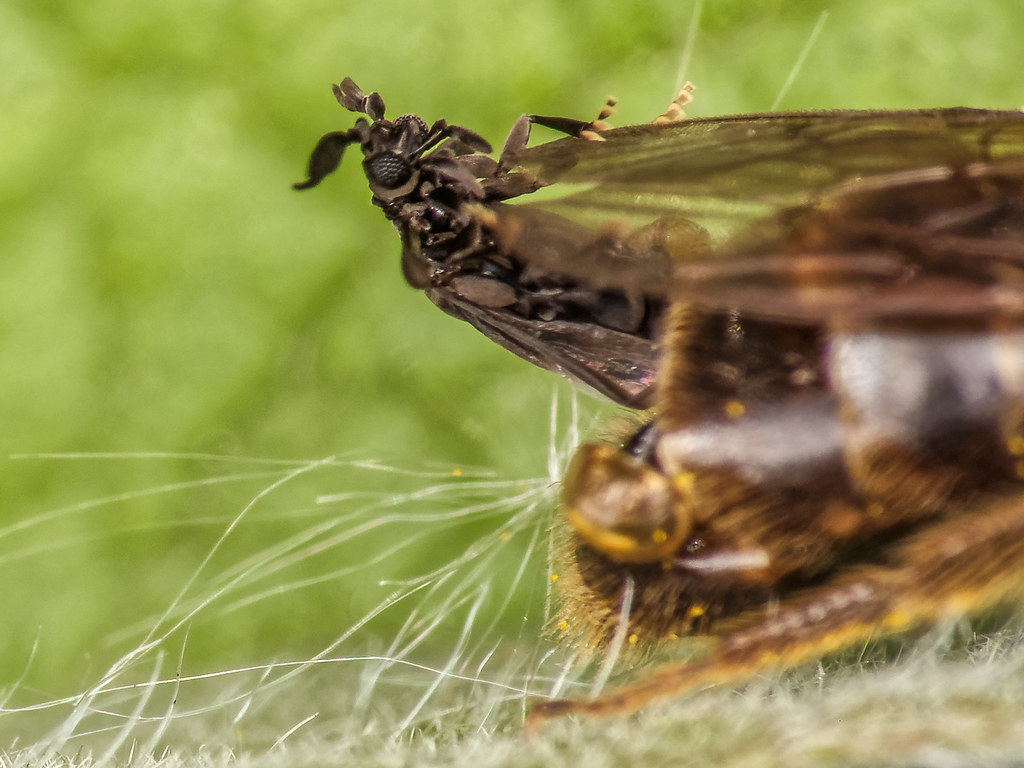
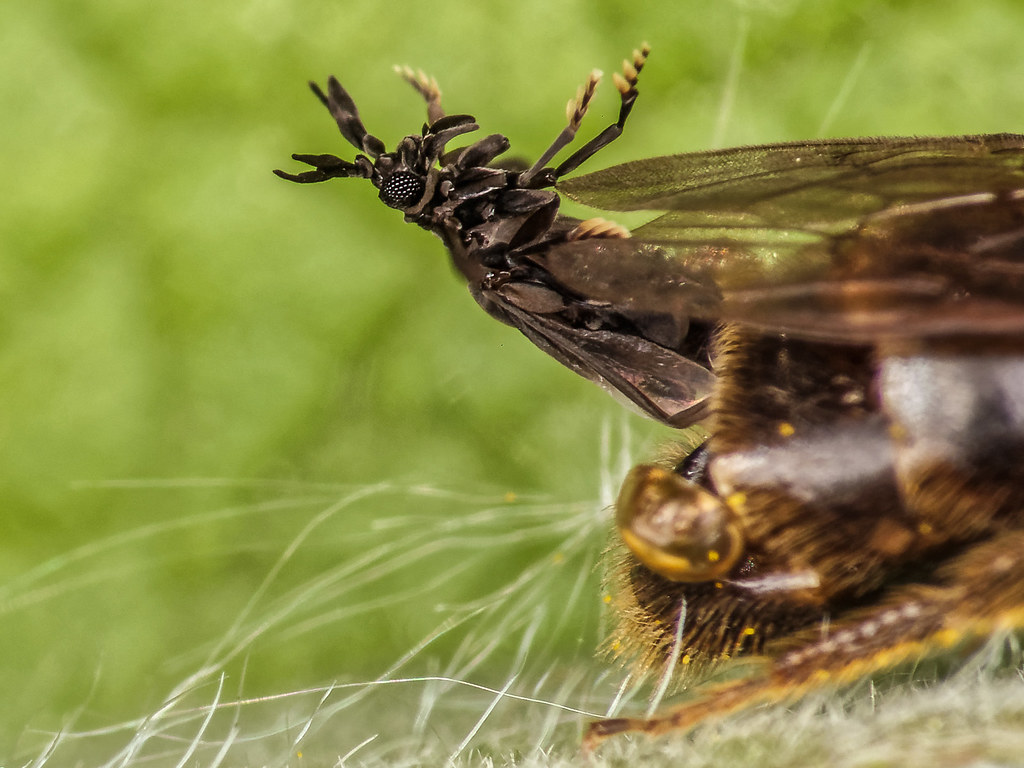
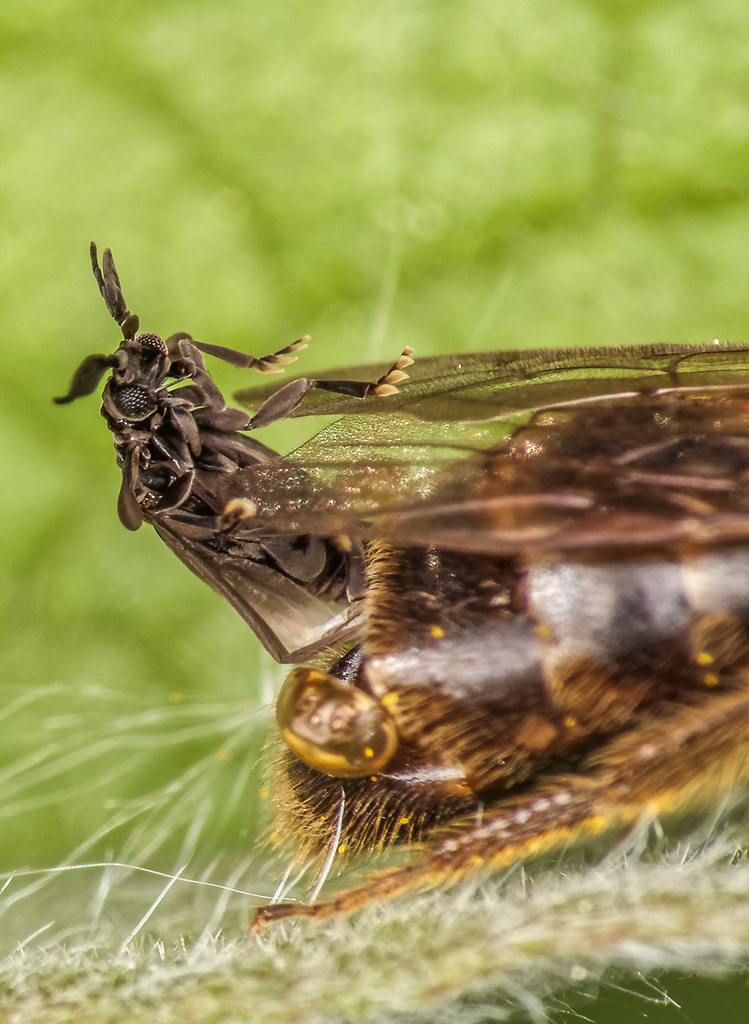
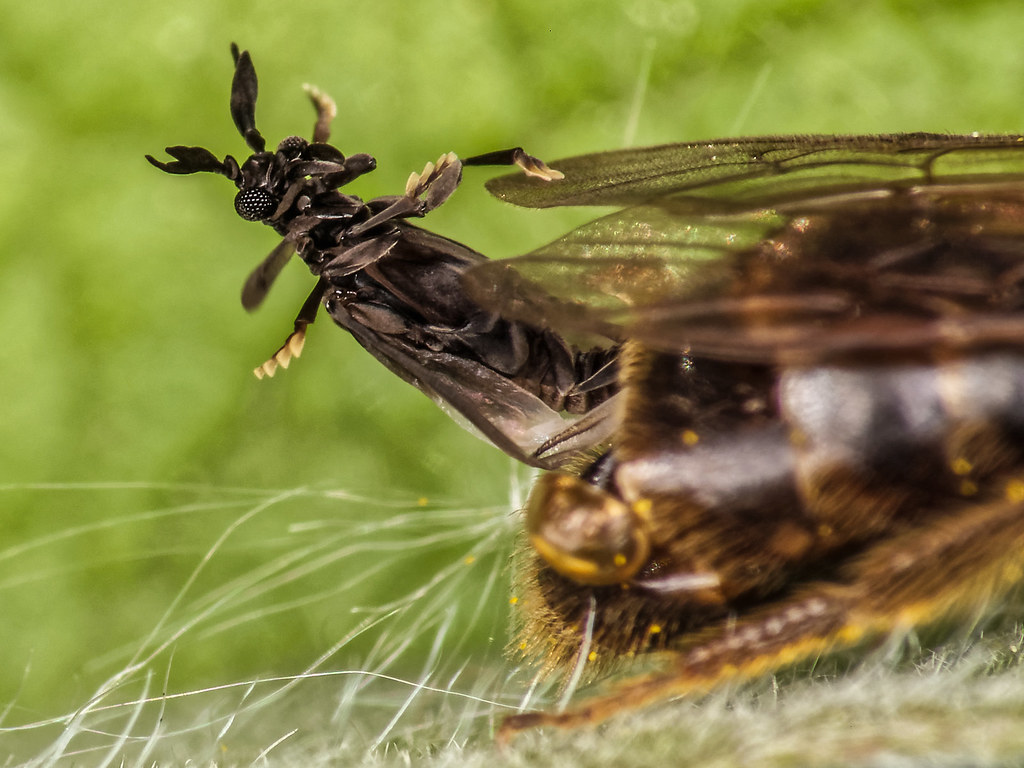
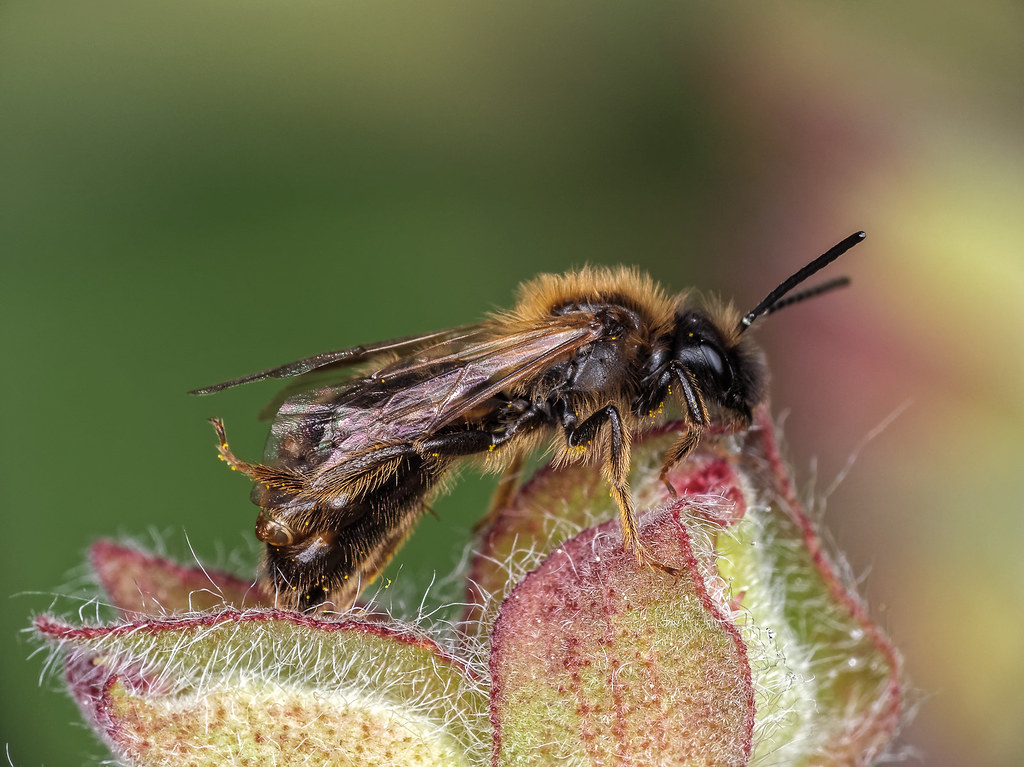
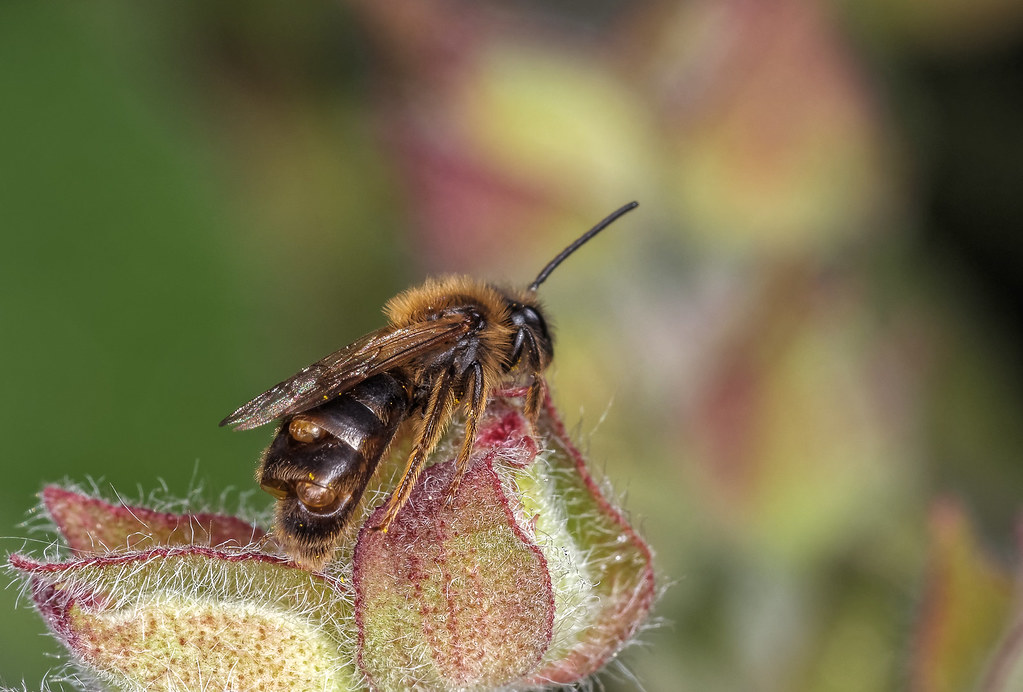
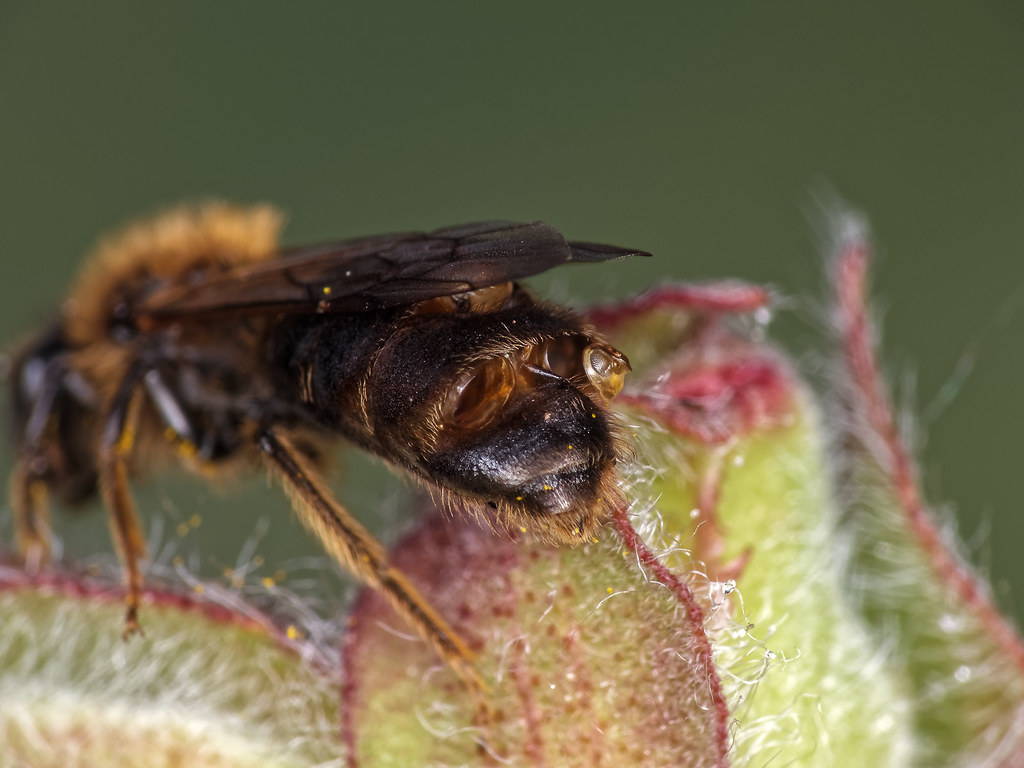 0902 066 2016_05_15 P1230474_DxO RAW 01cP LR 1300h
0902 066 2016_05_15 P1230474_DxO RAW 01cP LR 1300h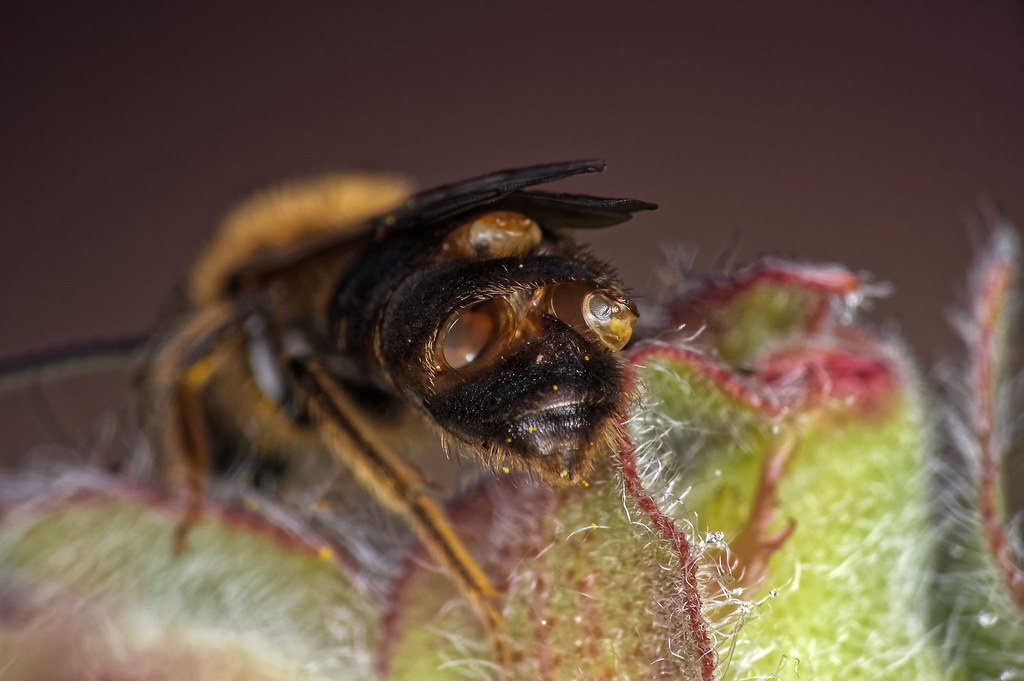 0902 068 2016_05_15 P1230488_DxO RAW 01cP LR 1300h
0902 068 2016_05_15 P1230488_DxO RAW 01cP LR 1300h